Kia Picanto Hatchback (2011-2017) engines, drive and performance
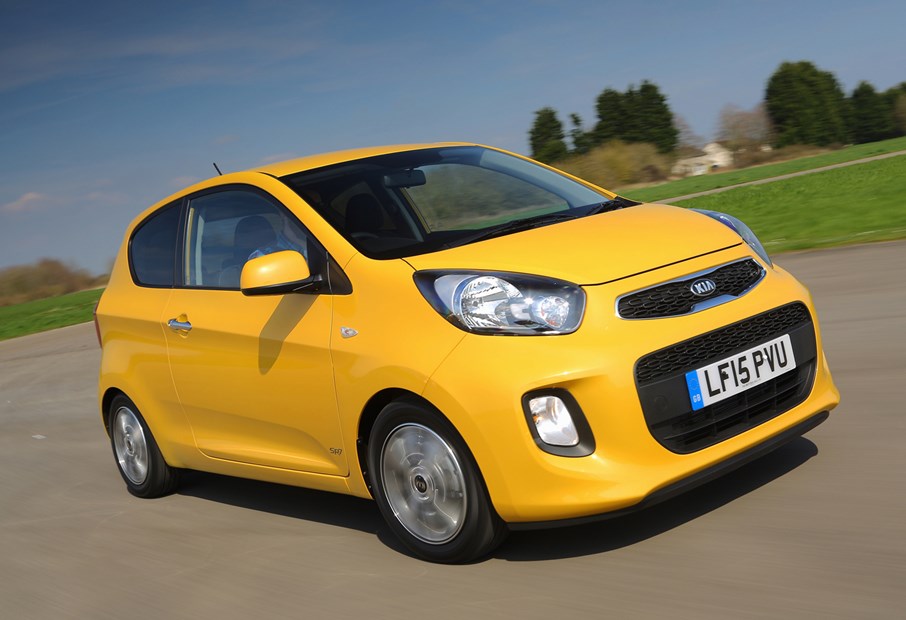
Kia Picanto performance for a small car is very good. From launch the Kia Picanto has a choice of two engines.
The three-cylinder 1.0-litre petrol unit has 68bhp and a pulling power of 95Nm. Kia Picanto performance figures are okay: it’s no sports car but it will hold its own against the majority of the competition. It can complete the benchmark sprint to 62mph in 13.9 seconds and has an achievable top speed of 95mph, but the equivalent Ford Ka will reach the same speed in 13.1 seconds, while the Fiat 500 rival will do it even quicker at 12.9 seconds.
The more powerful four-cylinder 1.25-litre unit has 84bhp at 6,000rpm and it has a peak pulling power of 121Nm.
This larger engine is also available with Kia’s EcoDynamics fuel-saving technology, which includes the firm’s stop/start system. This version will reach the 62mph point in 11 seconds and has a top speed of 106mph.
While this kind of performance is best suited to congested, city traffic, the Picanto still handles motorway speeds well and won’t feel out of place. While it rarely feels sluggish with either engine you will have to plan overtaking manoeuvres well in advance.
Both engines come with a five-speed manual gearbox as standard and it fits well with either unit, thanks to the light and slick changes on offer.
Manual and automatic
Kia fits a five-speed manual gearbox as standard to both the 1.0- and 1.25-litre petrol engines in the Picanto range. There is also the option of a four-speed automatic for the 1.25-litre engine, though it increases the 0-62mph time to 12.9 seconds.
While no hot hatch, it’s decent off the line but with only four speeds it can become a little rowdy on the motorway.
More pertinent for cost-conscious buyers is that the auto increases carbon dioxide emissions to 125g/km from the 109g/km of the five-speed manual model with the 1.25-litre engine.
Parkers recommends
The extra performance of the 1.25-litre engine is welcome, but we reckon the sub-100g/km CO2 emissions is a better incentive and the 1.0-litre engine is willing enough in most conditions.
Kia Picanto handling has been greatly improved. Much of this can be attributed to the longer wheelbase – increased by 15mm while the total length of the car has grown by 60mm – so the car grips better and is more controlled when cornering.
The aerodynamics have been tweaked to reduce drag, which has improved straightline speed and it also helped to lower emissions.
The steering is well weighted, which is ideal in the little city car when you’re zipping through traffic or performing a quick three-point turn.
The Picanto is now on a par with the top performers in its class when it comes to handling. The ride is adequate and will tackle any minor rough roads, although it will come unstuck on some of the more severe UK roads.


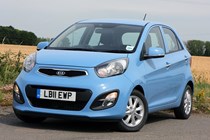
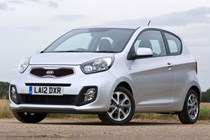

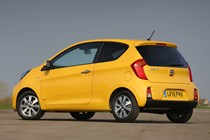
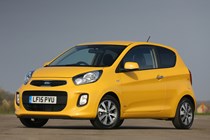
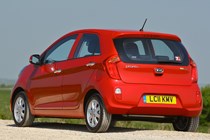
.jpg)
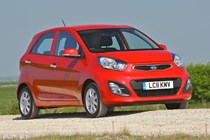
.jpg)
.jpg)
.jpg)
.jpg)
.jpg)
.jpg)
.jpg)
.jpg)

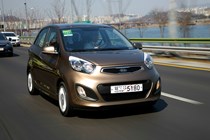
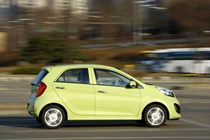
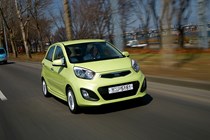
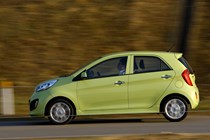
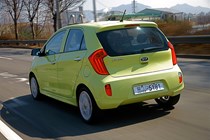

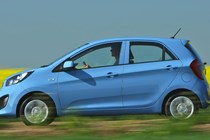
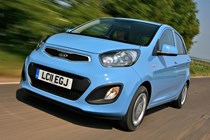
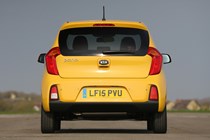
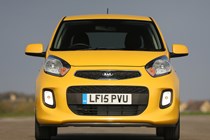
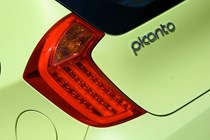
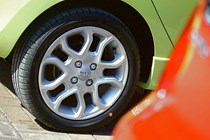

.jpg)
.jpg)
.jpg)
.jpg)
.jpg)
.jpg)
.jpg)
.jpg)
.jpg)
.jpg)
.jpg)
.jpg)
.jpg)
.jpg)
.jpg)
.jpg)
.jpg)
.jpg)
.jpg)
.jpg)
.jpg)
.jpg)
.jpg)
.jpg)
.jpg)
.jpg)
.jpg)
.jpg)
.jpg)
.jpg)
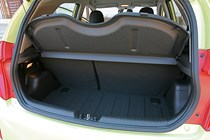
.jpg)
.jpg)
.jpg)
.jpg)
.jpg)
.jpg)
.jpg)
.jpg)






.jpg?quality=50)

.jpg?quality=50)
.jpg?quality=50)
.jpg?quality=50)
.jpg?quality=50)
.jpg?quality=50)
.jpg?quality=50)
.jpg?quality=50)
.jpg?quality=50)














.jpg?quality=50)
.jpg?quality=50)
.jpg?quality=50)
.jpg?quality=50)
.jpg?quality=50)
.jpg?quality=50)
.jpg?quality=50)
.jpg?quality=50)
.jpg?quality=50)
.jpg?quality=50)
.jpg?quality=50)
.jpg?quality=50)
.jpg?quality=50)
.jpg?quality=50)
.jpg?quality=50)
.jpg?quality=50)
.jpg?quality=50)
.jpg?quality=50)
.jpg?quality=50)
.jpg?quality=50)
.jpg?quality=50)
.jpg?quality=50)
.jpg?quality=50)
.jpg?quality=50)
.jpg?quality=50)
.jpg?quality=50)
.jpg?quality=50)
.jpg?quality=50)
.jpg?quality=50)
.jpg?quality=50)

.jpg?quality=50)
.jpg?quality=50)
.jpg?quality=50)
.jpg?quality=50)
.jpg?quality=50)
.jpg?quality=50)
.jpg?quality=50)
.jpg?quality=50)